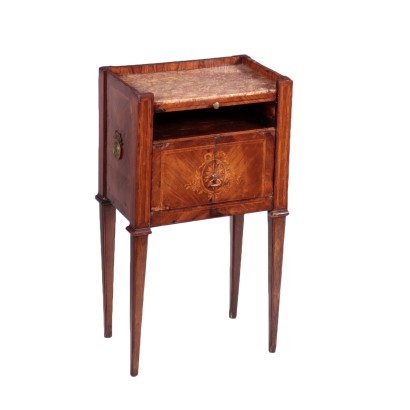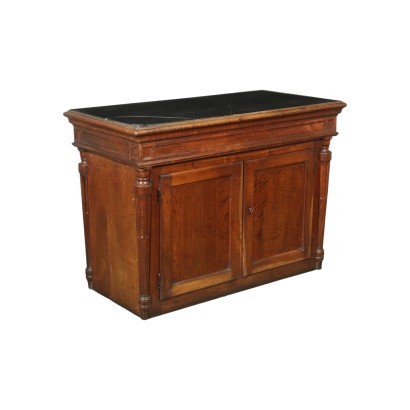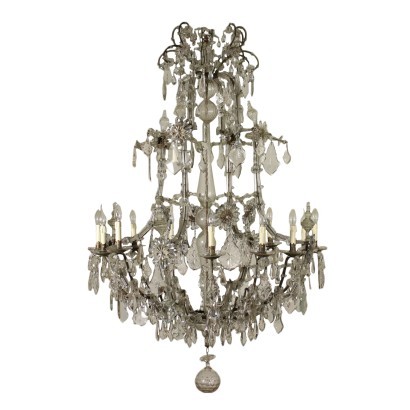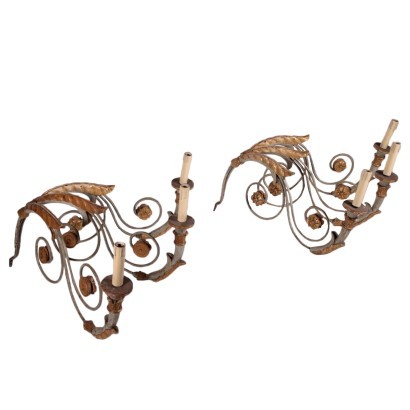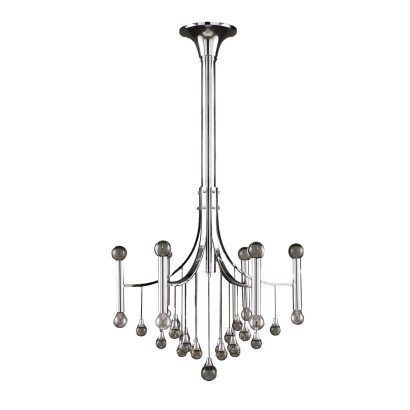Neo-Classical Piedmontese Open Bedside Table Italy 18th Century
Features
Style: Neo-Classical (1765-1790)
Age: 18th Century / 1701 - 1800
Origin: Piemonte, Italy
Main essence: Brazilian Rosewood , Tulipwood , Boxwood , Poplar
Material: Marble
Description
Neo-Classical Piedmontese open bedside table, supported by high truncated pyramid legs, on the front is a modified drawer (originally with two doors), topped by an open compartment and a drawer pull. Veneered in bois de violette with rosewood and boxwood borders, boxwood inlay in the centre, recessed brocatelle marble shelf.
Product Condition:
Fair condition. Wear consistent with age and use. Any damage or loss is displayed as completely as possible in the pictures. Product with a Certificate of Authenticity and Lawful Origin.
Dimensions (cm):
Height: 82,5
Width: 45,5
Depth: 32,5
Additional Information
Style: Neo-Classical (1765-1790)
This historical period includes a first phase that can be properly defined as the Louis XVI style.nOnly at a later time, with the maturation of archaeological fashions, was a new vision of furnishing civilization formulated and codified, now fully attributable to the Neoclassical Style.
In fact, both trends coexisted in unison until the last years of the eighteenth century.
nIn the field of cabinet making, the Directoire, Retour d'Egypte, Consular and Empire styles also fall within the neoclassical era.
nFind out more about Neoclassicism with the insights from our blog...
n



